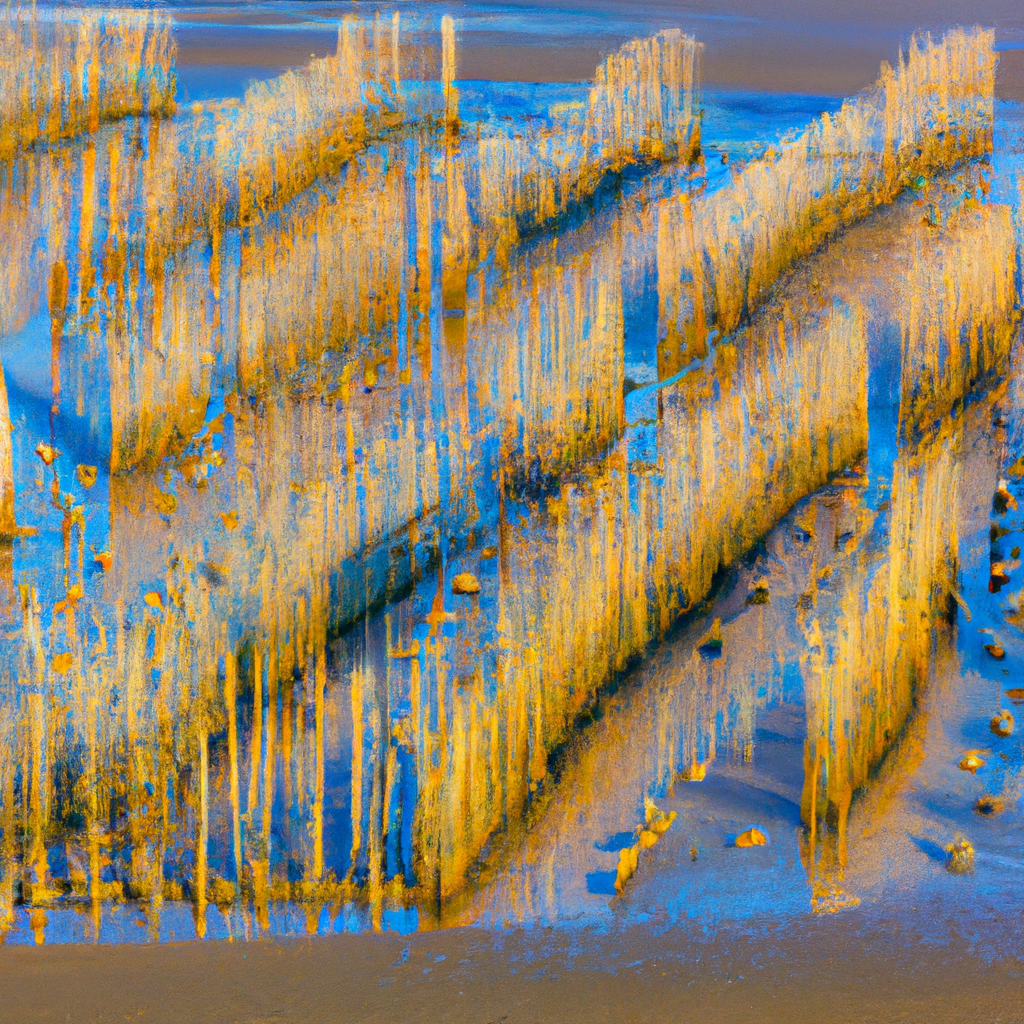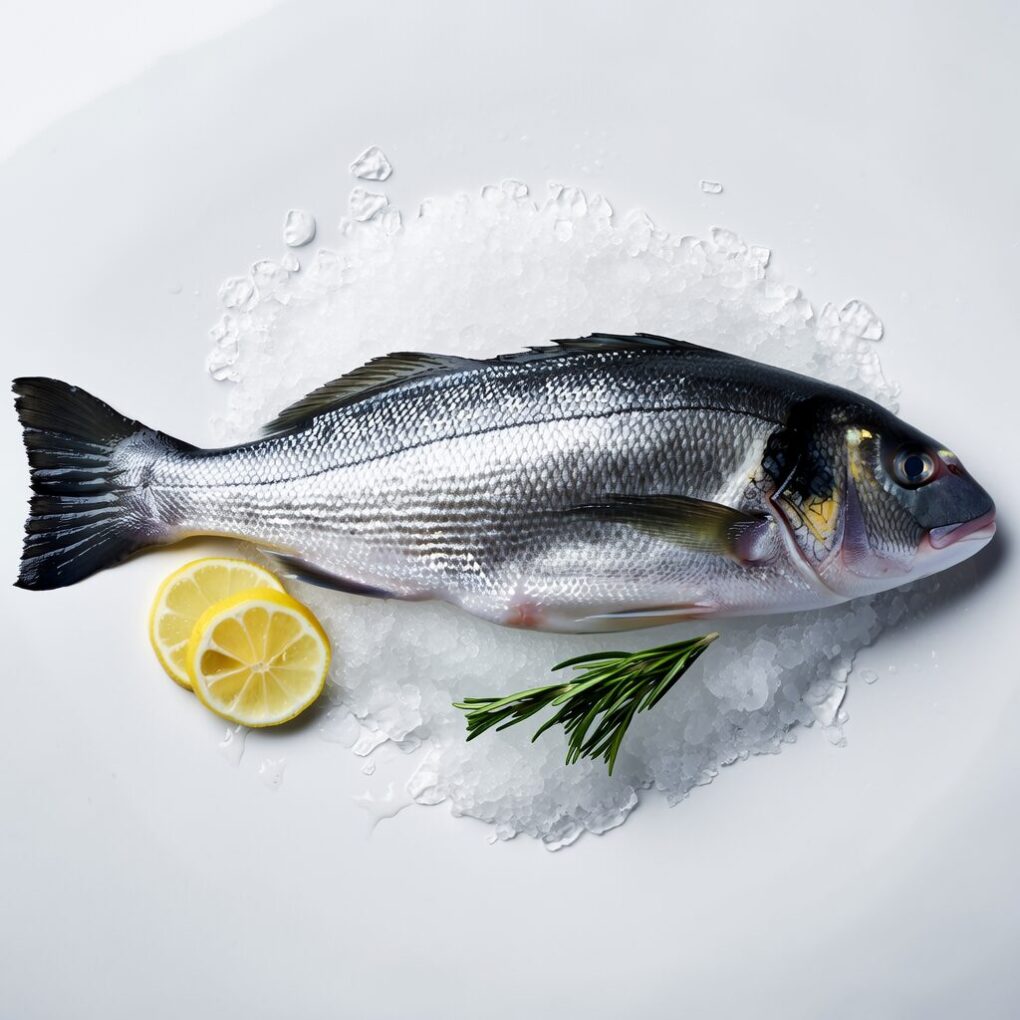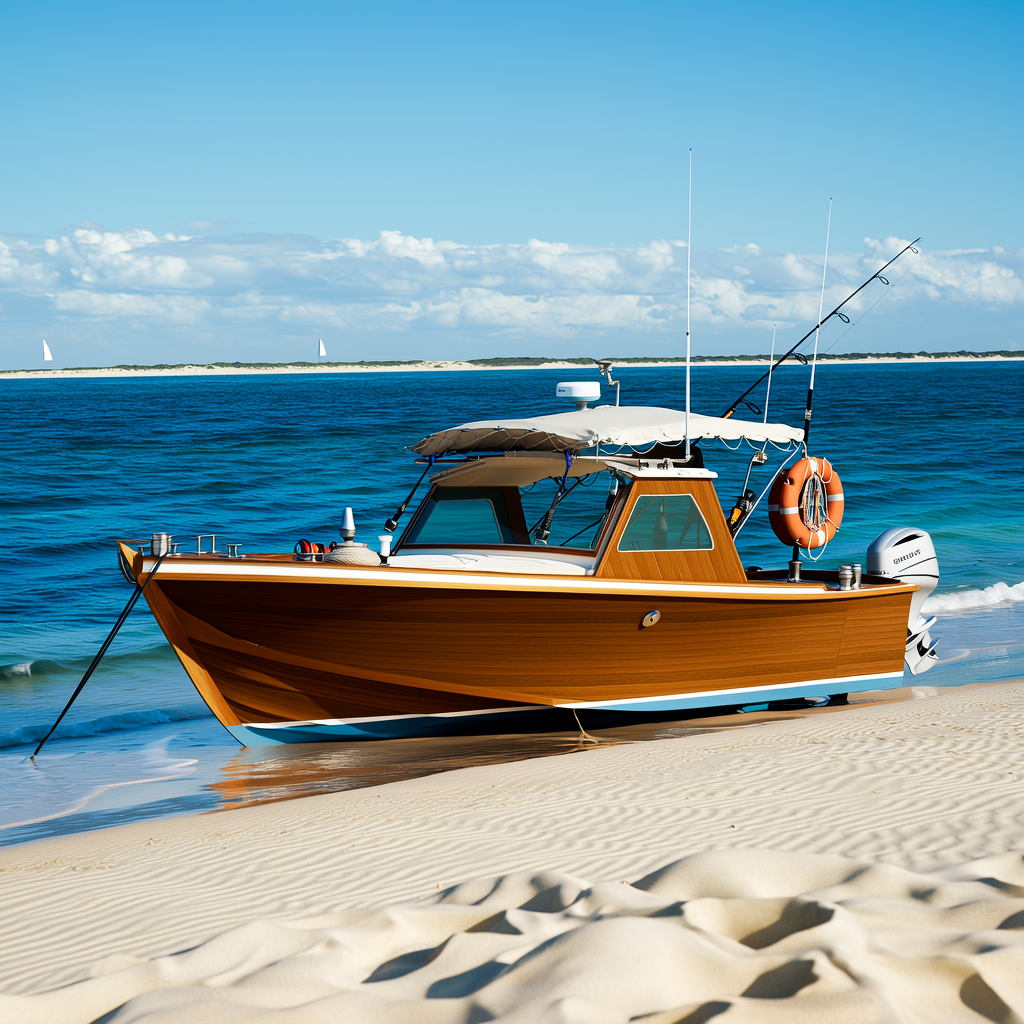This is the ultimate guide to catching sand bass. This species is also known as the white bass and is found in many areas. This comprehensive guide will tell you everything you need about sandbass, including their habitat and behavior, as well as fishing techniques.
1. Sand Bass Introduction
The sand bass, or Morone Chrysops, is a species native to North America. Most commonly, they are found in rivers and reservoirs. They are also common in lakes and in the Midwest. Sand bass are characterized by their silver-white coloring and distinct lateral stripes along their bodies.
Habitat
Sand bass prefer shallow, clear waters with a sandy and gravelly bottom. They are often found near submerged objects such as fallen trees, rocks, and underwater vegetation. Sand bass migrate upstream to find suitable breeding grounds during the spawning period.
1.2 Behavior
Sand bass are aggressive and active feeders. They are a great target for anglers. They feed primarily on smaller fish, insects, and crustaceans. Sand bass are often found in schools, especially during feeding frenzy, making it easier to find and target.
2. Sand Bass Fishing Techniques
Anglers can use a variety of techniques to catch sandbass. Here are some popular techniques:
Spinning
Spinning is a popular technique for catching sand bass. Anglers use lightweight spinning reels and rods with lures like inline spinners or spoons. Sand bass can be triggered to strike by a fast and erratic retrieve.
Trolling
Trolling is a great way to catch sandbass, especially if they are in a school. Anglers can cover large areas of water with deep-diving spoons or trolling crankbaits and look for active fish. Trolling setups can be optimized by varying the speed and depth.
Fly Fishing
Sand bass can be a challenging challenge for those who love fly fishing. Fly rods that are lightweight and streamer patterns which imitate baitfish will produce great results. Casting near structures or along shorelines where sandbass are likely to feed will increase your chances of success.
3. Best Sand Bass Fishing Locations
It is important to know where to look for sandbass if you want a successful fishing experience. Here are some great locations to consider.
3.1 Reservoirs
Sand bass thrive in many reservoirs throughout the United States. These large bodies of water have plenty of food sources and submerged structures that sandbass can gather in. Finding the best spots in local reservoirs can increase your catch rate.
3.2 Lakes and Rivers
Sand bass also thrives in rivers and lakes. Look for areas with sand or gravelly bottoms and submerged trees or rock, as well as current breaks. Focus on areas with baitfish, as sandbass are likely to be in the vicinity. For insider tips, consult local fishing reports and talk to experienced fishermen.
4. Sand Bass Life Cycle
Sand bass have an interesting life cycle that revolves primarily around migration and breeding. Understanding these patterns will help anglers to predict when and where they can be found.
4.1 Spawning
Sand bass spawn in the spring when water temperatures are between 60 and 70 degrees Fahrenheit. They migrate upstream in search of gravelly, shallow areas to lay their eggs. After spawning sandbass return to deeper water.
Growth and Development
Sand bass larvae feed on microscopic organisms after hatching until they are large and able to consume larger prey. They grow quickly and acquire the distinctive silver-white coloring that makes them stand out. Sand bass are mature and able to reproduce by the age of 2 or 3.
5. Regulations and Conservation
As responsible anglers it is important to be aware of fishing regulations and guidelines. Regulations may vary depending on where you fish or the state. By adhering to size limits, bags limits, and catch-and release practices, you can ensure the sustainability of Sand Bass populations for future generations.
Catch and Release
Catch and release is a conservation practice that helps maintain healthy populations of fish. Use barbless hooks and release the sandbass quickly and safely when practicing catch-and-release. This allows the fishes to survive and reproduce. It also contributes to the sustainability of species.
5.2 Size and Bag Limits
Be sure to know the size and bag limit for sandbass in your area. These regulations were put in place to ensure the preservation of species and prevent overfishing. Respect the limits, and consider releasing larger fish that are breeding size to help maintain healthy population.
6. Sand Bass Recipes
If you are lucky enough to catch one, you will be happy to know that it makes a delicious meal. Here are some popular sand-bass recipes:
Grilled Sandbass with Lemon and Herbs
– Ingredients:
- 1 whole sandbass, cleaned and gutted
- 2 lemons, cut into slices
- Fresh herbs (such a rosemary or thyme).
- Salt and pepper to taste
– Instructions:
- Pre-heat the grill to medium high heat.
- Season the fish both inside and outside with salt and pepper.
- Fill the cavity with lemon slices and fresh herb.
- Place the sandbass on the grill, and cook it for 6-8 minutes each side or until the flesh becomes opaque and flakes easily with a fork.
- Remove the fish from grill and allow it to rest for a couple of minutes before serving.
6.2 Baked Sand bass with Herbed Breadcrumbs
– Ingredients:
- 4 sandbass fillets
- 1 cup breadcrumbs
- 2 tablespoons of chopped fresh parsley
- 1 tablespoon fresh dill chopped
- 1 tablespoon grated Parmesan Cheese
- 2 tablespoons of melted butter
- Salt and pepper to taste
– Instructions:
- Pre-heat the oven to 400 degrees Fahrenheit.
- Combine the breadcrumbs, parsley and dill with the melted butter, Parmesan, salt, pepper, and Parmesan.
- Place the sand-bass fillets onto a baking sheet that has been greased.
- Spread the mixture of bread crumbs and herbs evenly over the fillets.
- Bake in a preheated oven 12-15 minutes or until the fish has cooked through and the top is golden brown.
- Serve the baked sandbass with your favorite side dish.
Conclusion
Anglers are attracted to the white bass or sand bass. Understanding their habitat, behaviour, fishing techniques, life cycle and other factors can help you increase your chances of catching sand bass. Always remember to practice responsible fishing, respect bag and size limits, and contribute towards the conservation of sandbass populations. Enjoy the thrill of the hunt and the reward of delicious food with these incredible fish.




